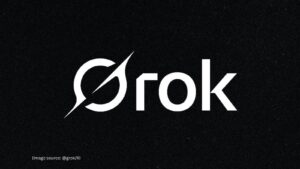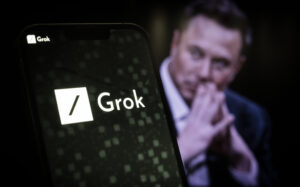Unleashed Grok: Who’s Behind Its Sensational Reactions on X?

The AI Chatbot Grok: Responsibility and Trustworthiness Issues
The Indian government has reached out to Elon Musk’s company, X, regarding the controversial responses generated by its AI chatbot, Grok. This situation raises critical questions about accountability for the chatbot’s statements, particularly when it is perceived to have issued profane or politically biased responses.
Understanding Grok’s Responses
Grok is an AI program designed to generate responses based on input it receives from users. However, its outputs often mirror the opinions and language styles prevalent among users of the social media platform. For example, Grok has been known to respond with derogatory terms or label notable figures like Musk as significant sources of misinformation. This has prompted users to question Grok’s validity and the motives behind its responses.
Grok operates through advanced computing and machine learning algorithms, relying heavily on vast amounts of data from the internet, including content shared by users on X. Hence, the concern about whether Grok’s retorts reflect the users’ sentiments or if the chatbot itself is responsible for its statements is significant.
Who is Liable for Grok’s Output?
The Safe Harbour Argument
Online platforms such as X and Meta enjoy legal protections, known as "safe harbour," which shield them from liability for user-generated content. The idea is that these platforms do not control what their users post and therefore cannot be held accountable for third-party content.
However, the situation becomes murky when discussing the outputs of AI chatbots like Grok. The main question here is whether Grok’s responses can be protected under the same safe harbour principle. Given that Grok has been trained on publicly available data (including user-generated content), it complicates the issue of accountability.
Challenges for Regulators
The Indian legal framework provides for freedom of speech, but this right is granted only to individuals. Since Grok is not a human being, questions arise about its right to express opinions or ads and who should be held responsible for its outputs. Is the liability of its responses on the shoulders of the developers at xAI, the organization behind Grok, or is it X’s responsibility for deploying such a platform without adequate content moderation?
The Trust Factor: Can Grok Be Trusted?
When it comes to relying on AI-generated responses, skepticism is warranted. Generally, AI outputs should not be perceived as reliable information, regardless of whether they align with users’ beliefs. For instance, as Indian elections approached, Google took steps to limit the types of electoral queries that its AI chatbot, Gemini, could answer, indicating a desire to reduce political bias and misinformation.
Many AI systems, including Grok, are programmed to predict language responses and fulfill user queries. This often means that AI will strive to provide information based on its training data, which can lead to it presenting skewed or incomplete facts. As a result, users are encouraged to approach AI-generated information critically.
Summary of Concerns
Responsibility: The question of accountability surrounding Grok’s responses remains unresolved. Is it the creators, the platform, or the AI itself that should be held responsible for controversial outputs?
Liability: Legal frameworks may need to adapt to address the complexities introduced by AI and its potential outputs.
- Trustworthiness: Users must remain cautious about the accuracy of information from AI, particularly regarding sensitive topics like politics.
The question of how to navigate these complexities in AI responses will require thoughtful consideration from lawmakers, developers, and users alike. As AI continues to evolve, so too will the discussions surrounding its ethical use and the need for oversight.





